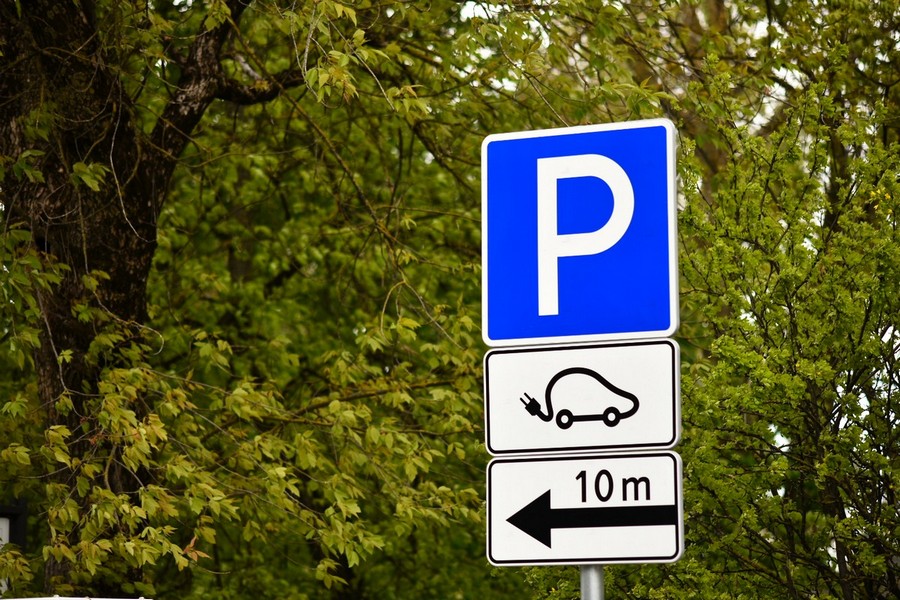The Rising Tide Of Global Forest Loss: A Wildfire Crisis

Table of Contents
The Drivers of Global Forest Loss and Wildfires
Several interconnected factors contribute to the alarming rise in global forest loss and wildfires. Understanding these drivers is crucial for developing effective mitigation strategies.
-
Climate Change: Rising global temperatures, driven largely by greenhouse gas emissions, are creating a perfect storm for wildfires. Prolonged droughts, increased heatwaves, and shifting weather patterns create drier conditions, turning forests into tinderboxes. This leads to longer fire seasons and more intense blazes, making wildfire suppression significantly more challenging. The impact of climate change on forest ecosystems is undeniable and contributes significantly to global forest loss.
-
Deforestation: The clearing of forests for various purposes is a major driver of both wildfire risk and overall forest loss. Agricultural expansion, particularly for crops like palm oil and soy, is a leading cause of deforestation in many regions. Illegal logging also plays a significant role, often targeting valuable timber species and leaving behind vulnerable, dry landscapes. Urbanization, with its expanding infrastructure and housing developments, further encroaches upon forest areas, reducing natural firebreaks and increasing fuel loads.
-
Human Activity: Human actions, both accidental and intentional, are a significant source of wildfire ignitions. Negligent discarding of cigarettes, uncontrolled campfires, and even arson contribute to the problem. In many areas, a lack of proper fire management practices and insufficient preventative measures exacerbate the risk.
-
Invasive Species: The introduction of invasive plant species can dramatically alter forest ecosystems, increasing their flammability. These species often thrive in disturbed areas and can outcompete native vegetation, creating denser, more flammable undergrowth.
The Devastating Consequences of Wildfires and Forest Loss
The consequences of wildfires and the ongoing loss of forests are far-reaching and devastating, impacting numerous aspects of the environment and human society.
-
Biodiversity Loss: Wildfires destroy habitats, leading to the displacement and even extinction of countless plant and animal species. The loss of biodiversity weakens ecosystems, reducing their resilience and ability to recover from disturbances. Endangered species are particularly vulnerable to the impacts of wildfire and habitat destruction.
-
Carbon Emissions: Burning forests release massive amounts of carbon dioxide (CO2) and other greenhouse gases into the atmosphere, significantly contributing to climate change. Forests act as vital carbon sinks, absorbing CO2 from the air; their destruction releases this stored carbon, creating a positive feedback loop that accelerates global warming.
-
Air Pollution: Smoke from wildfires causes significant air pollution, resulting in decreased air quality and posing serious risks to human health, particularly for those with respiratory conditions. The smoke can travel vast distances, impacting air quality far beyond the immediate vicinity of the fires.
-
Soil Erosion: Loss of forest cover exposes the soil to the elements, leading to increased erosion. This degrades soil fertility, reduces agricultural productivity, and increases the risk of landslides and mudslides, further impacting human settlements and infrastructure.
-
Economic Impact: Wildfires cause substantial economic damage. The destruction of infrastructure, agricultural lands, and tourism sites can have severe economic repercussions for affected communities and nations. The costs of fire suppression and recovery efforts also place a significant burden on public resources.
The Impact on Indigenous Communities
Wildfires disproportionately impact Indigenous communities around the world. These communities often have deep historical ties to the forests, relying on them for their livelihoods, cultural practices, and spiritual well-being.
-
Displacement: Wildfires can force Indigenous populations from their ancestral lands, leading to displacement and loss of traditional ways of life.
-
Cultural Loss: The destruction of forests can result in the loss of sacred sites, traditional medicinal plants, and other culturally significant resources. This cultural loss undermines the identity and resilience of Indigenous communities.
Combating the Wildfire Crisis: Strategies for Prevention and Mitigation
Addressing the global forest loss and wildfire crisis requires a concerted global effort incorporating multiple strategies.
-
Improved Forest Management: Sustainable forestry practices are crucial for reducing wildfire risk. This includes controlled burns to reduce fuel loads, selective logging to maintain forest health, and creating firebreaks to prevent the spread of wildfires.
-
Reforestation and Afforestation: Planting trees to restore degraded forests and create new forest cover is essential for enhancing carbon sequestration, improving biodiversity, and reducing wildfire risk. Large-scale reforestation and afforestation projects are critical for mitigating global forest loss.
-
Community Engagement: Engaging local communities in wildfire prevention and management efforts is vital. This includes providing training, resources, and empowering communities to actively participate in protecting their forests.
-
Strengthening International Cooperation: Sharing best practices, technologies, and resources across borders is crucial for effectively tackling this global challenge. International collaboration is necessary to coordinate efforts and address the transnational nature of wildfire and deforestation.
-
Investing in Technology: Advanced technologies like satellite monitoring, early warning systems, and improved fire suppression techniques are vital for effective wildfire prevention and management. This includes investing in research and development to improve these technologies further.
Conclusion
The rising tide of global forest loss, fueled by the wildfire crisis, poses a catastrophic threat to our planet's ecological balance and human well-being. Addressing this urgent challenge requires a multifaceted approach involving climate change mitigation, sustainable forestry practices, community engagement, and robust international cooperation. We must act decisively to prevent further forest loss and protect the vital ecosystems upon which we all depend. Let’s work together to combat the global forest loss and wildfire crisis, securing a healthier future for generations to come. Take action today – learn more about sustainable forestry and support organizations dedicated to forest conservation and wildfire prevention.

Featured Posts
-
 Europos Elektromobiliu Ikrovimo Tinklas Porsche Indelis
May 25, 2025
Europos Elektromobiliu Ikrovimo Tinklas Porsche Indelis
May 25, 2025 -
 A Look Back At The Hunger Games Fan Content On Ohnotheydidnt Live Journal
May 25, 2025
A Look Back At The Hunger Games Fan Content On Ohnotheydidnt Live Journal
May 25, 2025 -
 Dr Terrors House Of Horrors A Comprehensive Guide
May 25, 2025
Dr Terrors House Of Horrors A Comprehensive Guide
May 25, 2025 -
 Los Mellizos De Alberto De Monaco Celebran Su Primera Comunion
May 25, 2025
Los Mellizos De Alberto De Monaco Celebran Su Primera Comunion
May 25, 2025 -
 55 Let Naomi Kempbell Fotografii S Dnya Rozhdeniya
May 25, 2025
55 Let Naomi Kempbell Fotografii S Dnya Rozhdeniya
May 25, 2025
